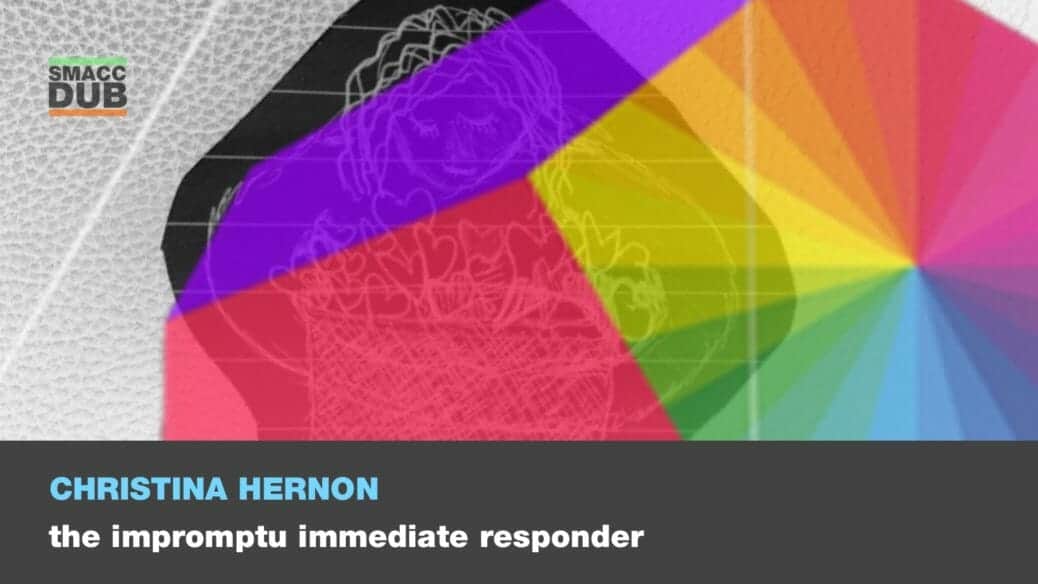The Immediate Responder & The Disaster Gap
Summary by: Christina H. Hernon, M.D., FACEP
After a major formative experience at a life-threatening mass casualty incident (MCI), emergency physician Christina Hernon felt incredibly unprepared despite over 2 decades of training in emergency and first response. Despite every first aid, first responder, and emergency course teaching students to ask, “Is the scene safe?” and instructing them not to enter an unsafe scene, all of this training is completely inadequate for those present the very moment an incident occurs, who are then amidst and surrounded by an unsecured and potentially unsafe scene. Afterwards, she had an acute stress reaction exactly like after rough calls in prehospital Emergency Medical Services, yet was offered none of the typical supports offered to first responder agencies or hospital personnel. Feeling somehow betrayed, but unsure what to be mad at, she tried to understand why she felt so unprepared and overlooked. In deconstructing and reflecting on the experience, she self-identified neither as bystander nor first responder, but as an on scene, immediately responding, victimized rescuer. Realizing that she didn’t fit into any already existing category, she uncovered a new group of rescuers and an undefined time period that we need to give attention to. The Disaster Gap is the time between the moment an incident occurs, through the first call for help, and until the first of the clearheaded First Responders arrives. In this definable time gap, the only available rescuers are people who are on scene when the event happens, who may be traumatized by their experience themselves, and who, regardless of tools or training, take immediate action to help another person or make the situation better. These Immediate Responders are present at virtually every scene and have been for all of time, yet we know very little about them, their actions, their safety, their impact, and their recovery. By trying to understand the Disaster Gap and Immediate Responders, we can improve training, preparedness, resilience, and recovery.

























